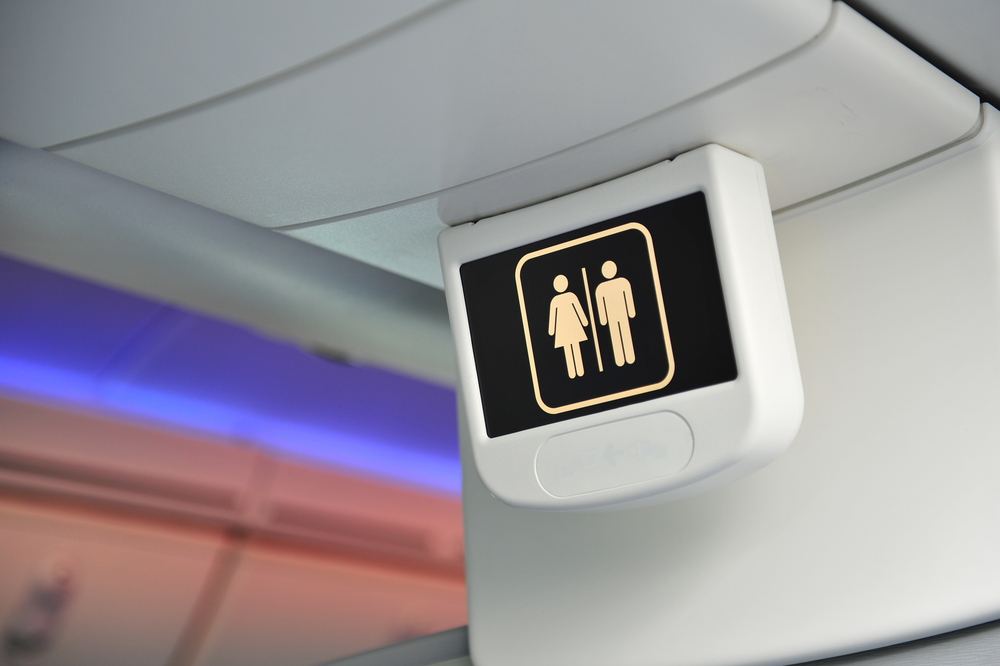NEW YORK – Every so often a revolution transforms something
truly basic, rendering the
status quo somewhat, well, primitive.
First came covered sewers, then indoor plumbing and flush
toilets. Now, one bathroom
at a time, another major shift in toilet hygiene is
quietly underway. A new generation of
toilets may one day make toilet paper –
and the need to put one’s hands anywhere
near the unspeakable – seem like
chamber pots and outhouses: outdated and
somewhat messy throwbacks reserved for
camping trips.
Unlike traditional toilets, the high-tech version washes
from behind and – if desired –
in front with water. Better models allow for
temperature, direction and pressure control,
and have retractable spritzing
wands and automatic driers as well. The best feature
warm seats, automatic
motion sensors to raise the lid, buttons to raise the seat,
nightlights,
self-cleaning mechanisms, music to mask unpleasant sounds, deodorizer
spritzers
and other conveniences.
“Paper just distributes the problem,” said Lenora Campos, a
spokeswoman for
Georgia-based Toto USA. Toto, the Japanese company that
pioneered the modern
electronic toilet seat, has sold 34 million of them
globally. “We wash most things with
water and wouldn’t dream of wiping a dish
or anything else with a piece of paper and
calling it clean. So why should
personal hygiene be any different?”
Toto began marketing the Washlet in Japan in 1980. Now 74
percent of Japanese
households have toilets of the high-tech persuasion, making
them more common
there than home computers.
The concept of electronic toilets that cleanse with water –
widely known as bidet
toilets or Washlets – has spread internationally over
time, and dozens of companies
around the world, including Inax, Brondell and
Kohler, are producing them.
Although most popular in Asia, basic versions are becoming
standard in much
of the Middle East and South America, where cleansing with
water has long been
preferred to paper. They are finally becoming more popular
in Europe, where
“boudoir paper” was introduced in the 19th century, and in
equally
paper-centric North America. They have been a long time coming.
In the United States, “bidets were always seen as European,
and an oddity
of the French,” said Rose George, author of “The Big Necessity:
The
Unmentionable World of Human Waste and Why It Matters” (Metropolitan Books,
2008).
In addition to general squeamishness about discussing the
way we clean
ourselves, some in the U.S. worried about the high-tech toilets’
requirement
that a grounded electrical outlet be nearby, or thought the early
control panels
made the toilets look clumsy.
That said, the predecessor to modern high-tech toilets was
actually invented
in the United States, by Arnold Cohen
source: http://www.observer-reporter.com/20170415/high-tech_toilets
by Katherine Ross
http://www.thisoldtoilet.com


